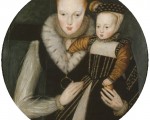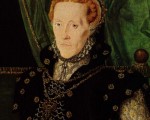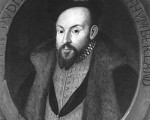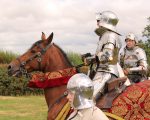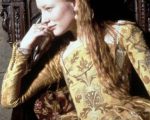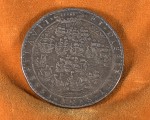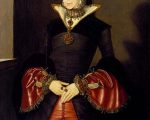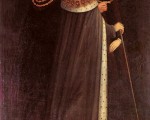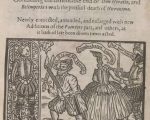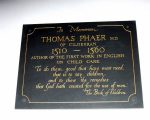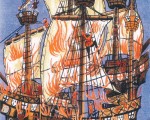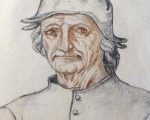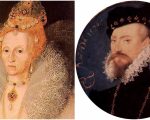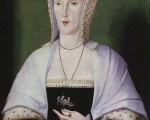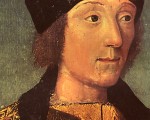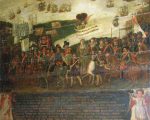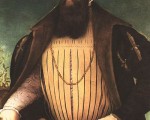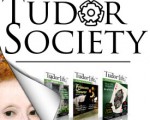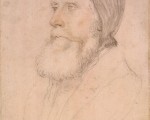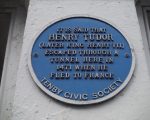After following the long exile of Jasper and Henry Tudor in Brittany, I have now returned to Pembrokeshire in West Wales. The Tudors had made an unsuccessful attempt to invade England in 1483 but learned from this near disaster. On Monday 1st of August, 1485 they sailed again from the mouth of the Seine with their mercenary army of some four thousand men to challenge King Richard III for the crown.
It seems the sea voyage led by the Poulian De Dieppe, flagship of their capable captain, Guillaume de Casenove, was uneventful and had the benefit of favourable winds. They made landfall at Mill Bay, a secluded, pebble-strewn beach in the far west of Wales just before sunset on Sunday 7th August. It is reported that, on going ashore, Henry Tudor kissed the ground and recited a Psalm in Latin. Some accounts suggest it was Psalm 23, but the consensus was Psalm 46: ‘Judge me, O God, and plead my cause against an ungodly nation: O deliver me from the deceitful and unjust man.’
[Read More...]
